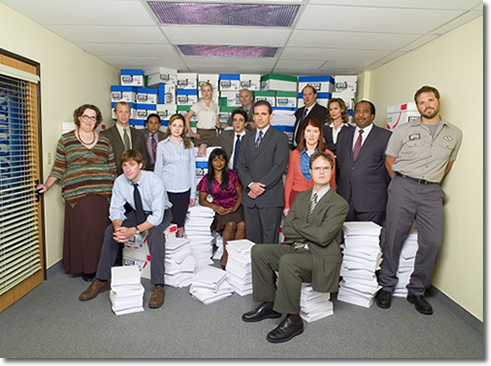
It is rare to find a list of the greatest films of all time that doesn’t include “The Godfather.” The film is considered to be a classic by almost everybody who’s seen it. So what does this tell us about our culture? In their text book “America on Film,” authors Harry Benshoff and Sean Griffin note that “cinema (and all other mass media) are important parts of American culture,” and that “culture is thus deeply connected to ideology: one might say it is the ‘real world’ manifestation of ideology, since characteristic features, social behaviors, and cultural products all convey ideology.” According to Benshoff and Griffin, because “The Godfather” is such a popular film, it has become part of our culture and through it we should be able to examine our ideologies.
One of the most dominant American ideologies, according to Benshoff and Griffin, is that of white patriarchal capitalism, or the belief that wealthy, white males are somehow superior in our society. This ideology can be seen very clearly in “The Godfather.” The film depicts a very powerful crime family in New York in the 1940s. There are no non-white characters in the film which serves to reinforce the association of whiteness to power. Race is never really an issue in the film because everybody is white.

We can also see that males are seen as the more powerful and privileged sex. In one of the more dramatic scenes in the movie, Michael Corleone’s sister Connie is beaten by her husband. Sonny, Michael and Connie’s other brother, hears of the beating and takes it upon himself to give Carlo a beating of his own. Not only can we see the male dominance in the actual fight between Carlo and Connie, the fact that Connie had to rely upon her brother to get even with Carlo reinforces the ideology that females are the weaker sex. This ideology is also illustrated in the final scene of “The Godfather.” We see Michael Corleone being addressed as “Godfather” by several of his associates while Kay, his wife, watches from another room. The fact that they are in separate rooms clearly shows the separation between the genders and at the end of the scene, the door is closed, shutting Kay out and providing more separation.
Another scene where we can see male dominance is when Don Corleone slaps Jonny Fontain and tells him to “act like a man.” By hitting Jonny and telling him he “cries like a woman,” he is again illustrating the ideology that males are the more powerful sex.
Capitalism is also explored in the film, although it is clearer in the second and third films than in the original “Godfather.” However in an important scene in “The Godfather” we can see that wealth is valued greatly in our society.
In this scene Don Corleone calls a meeting with the heads of the five crime families in New York. During the meeting Peter Tatalliga complains that Corleone “had all the judges and politicians in his pocket. He refused to share them.” We can infer not only that Don Corleone is one of the most respected and powerful men in New York, but that he is so respected because of his wealth. He was able to pay-of f the legal system, paving the way for him to make even more money. The fact that all of the characters in this scene are obviously very powerful, and that they are all wealthy, white males further shows the white patriarchal capitalist ideology. The Corleone family’s wealth is also apparent in scenes where we see their mansion. It is enormous and is a symbol of great power.
f the legal system, paving the way for him to make even more money. The fact that all of the characters in this scene are obviously very powerful, and that they are all wealthy, white males further shows the white patriarchal capitalist ideology. The Corleone family’s wealth is also apparent in scenes where we see their mansion. It is enormous and is a symbol of great power.
In this scene Don Corleone calls a meeting with the heads of the five crime families in New York. During the meeting Peter Tatalliga complains that Corleone “had all the judges and politicians in his pocket. He refused to share them.” We can infer not only that Don Corleone is one of the most respected and powerful men in New York, but that he is so respected because of his wealth. He was able to pay-of
 f the legal system, paving the way for him to make even more money. The fact that all of the characters in this scene are obviously very powerful, and that they are all wealthy, white males further shows the white patriarchal capitalist ideology. The Corleone family’s wealth is also apparent in scenes where we see their mansion. It is enormous and is a symbol of great power.
f the legal system, paving the way for him to make even more money. The fact that all of the characters in this scene are obviously very powerful, and that they are all wealthy, white males further shows the white patriarchal capitalist ideology. The Corleone family’s wealth is also apparent in scenes where we see their mansion. It is enormous and is a symbol of great power.So we can see that a film such as “The Godfather” that is such a powerful part of American popular culture can serve to illustrate some of our society’s dominant ideologies. And because it is so powerful, these ideologies are reinforced rather than challenged, which shows just how powerful the media is.

